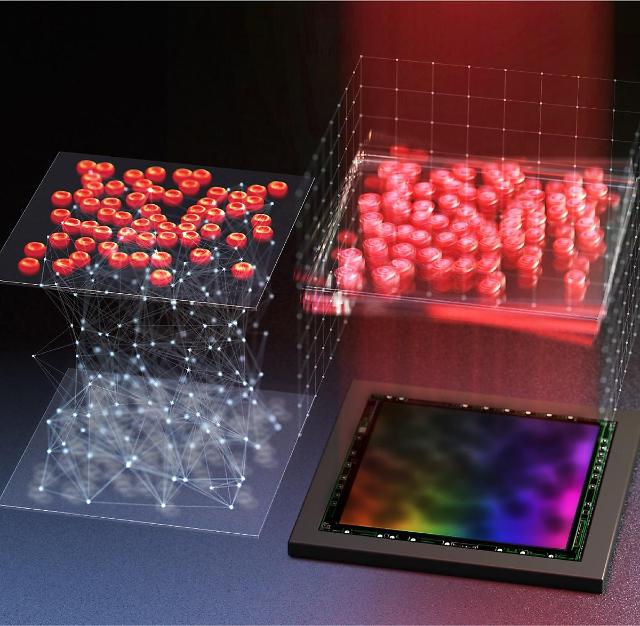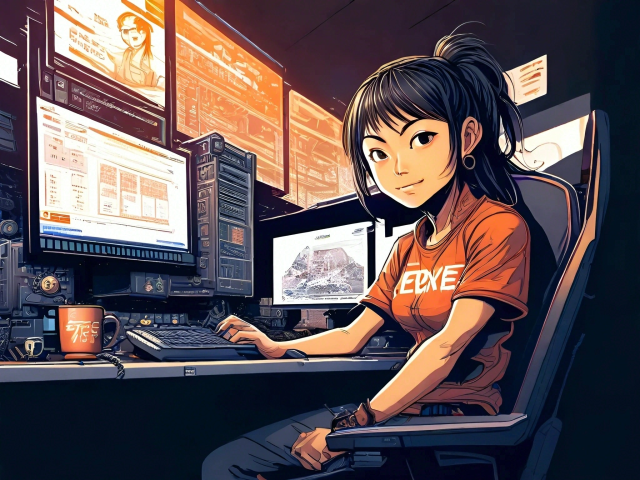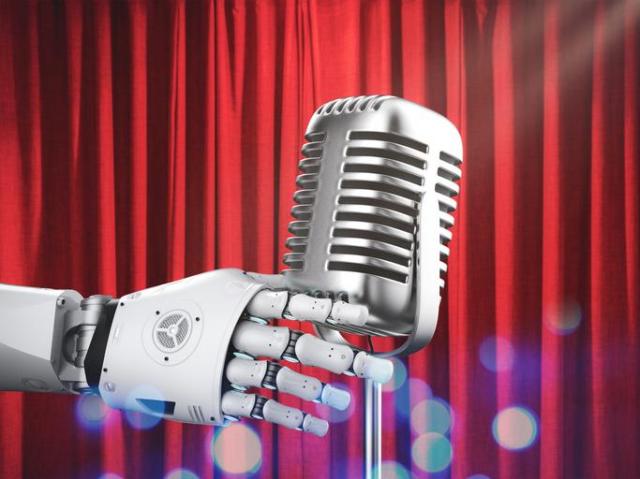
[Courtesy of KAIST]
SEOUL -- A research team from a prominent state research institute has developed artificial intelligence that can predict variables based on the law of physics. The AI would be ideal for comparing medical images for an accurate diagnosis of diseases or for detecting defects at a semiconductor factory.
While an ordinary video clip with clear images can be analyzed by an AI-based solution, other video clips that have diffracted images and objects blurred by movement are difficult to analyze. Because of such difficulties, medical AI solutions mainly analyze still images from computed tomography (CT) scans and magnetic resonance imaging (MRI) scans.
When AI solutions analyze moving objects, the robot finds it hard to recognize the target object because they are unpredictable. Sometimes AI thinks that the target is not following the law of physics because they are not moving like the objects which AI studied through its machine learning process.
The Korea Advanced Institute of Science & Technology (KAIST) said that its research team found a deep learning technique for image restoration. The technique allows AI to gain insights into physics during the deep learning process. AI was given the ability to predict variables based on the rule of physics.
The AI specializes in the restoration of video images to identify objects that are blurred out by movements or create a multipoint view angle from a diffracted video clip. Researchers were able to restore a holographic video image using the AI solution. They were able to restore images of red blood cells from a diffracted video image in real-time.
The holography technique enables a light field to be recorded and reconstructed later. Unlike ordinary video clips, detailed shapes of target objects can be recorded using the technique. The researchers also successfully restored a multipoint-view video clip of a biopsy sample from a diffracted video. KAIST said that the newly-developed technique does not need expensive equipment such as special microscopes.
"This adaptive learning technique that allows AI to learn both data and laws of physics can be used in predictive video technology for high-resolution video, three-dimensional video, and non-line-of-sight video images as well as holographic video," KAIST researcher Lee Chan-seok said in a statement on February 6.




